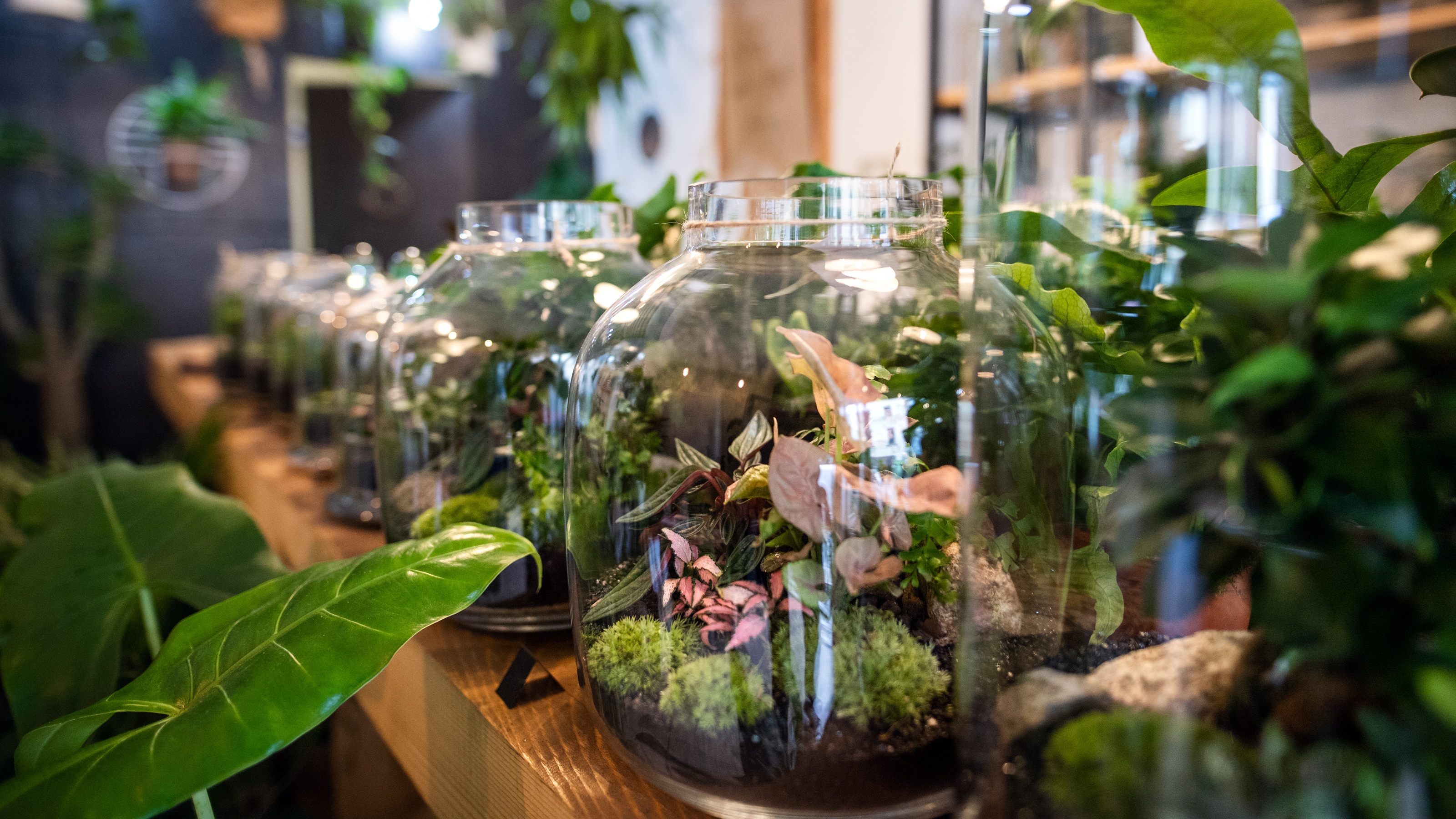What Happens When a Treasury Bill Matures?
Maximize interest rates with these strategies for when a Treasury bill matures.


Treasury bills – better known as T-bills – are debt securities issued by the United States Treasury with maturities of one year or less.
They are considered risk-free, as the government can always print the money to pay back the debt.
And given that they have only a short time to maturity, they have very little sensitivity to interest rate moves. If interest rates rise, the bonds don’t fall much in value.
From just $107.88 $24.99 for Kiplinger Personal Finance
Be a smarter, better informed investor.

Sign up for Kiplinger’s Free Newsletters
Profit and prosper with the best of expert advice on investing, taxes, retirement, personal finance and more - straight to your e-mail.
Profit and prosper with the best of expert advice - straight to your e-mail.
For the first time in the investment lives of many Americans, T-bills have been offering a competitive yield.
At the time of writing, T-bills offer yields at an annualized 4%-plus depending on the specific time to maturity.
You may be one of those Americans buying T-bills for the first time.
So let’s walk through the process of what happens when your T-bill matures and what your options are.
How do Treasury bills work?
True T-bills generally do not make interest payments (called “coupon payments” in bond parlance). Instead, you buy them at a discount.
In a hypothetical example, you might pay $950 today for a T-bill that will mature at $1,000, netting you a risk-free profit of $50.
You can also buy longer-term Treasury notes that are close to maturity and get the same effect.
For example, a 10-year Treasury note that is already nine years old and has one year remaining will have the same basic characteristics, though a portion of your return will come from semiannual coupon payments.
When your T-bill matures, its life is over. The U.S. government will pay you the full face value of the bond.
In our example above, you’d simply see the bond disappear out of your brokerage account or IRA and be replaced with $1,000.
What do you do after a Treasury bill matures?
T-bills might be risk-free in terms of credit risk and virtually risk-free in terms of interest rate risk, but they do present the “high-quality” problem of reinvestment risk.
Reinvestment risk is the possibility that your investment options might not be as attractive when your bill matures and you have the fresh cash to deploy.
Today, T-bills pay a little under 4.5%. In six months, it’s entirely possible yields will be significantly lower than that.
Reinvestment risk should be a factor you take into consideration when choosing what specific security to buy.
Today, four-week T-bills offer a yield of 4.31%. But a T-bill with a year to maturity yields about 3.98%.
Do you chase that higher yield on the shorter-term bill knowing that you might have to reinvest the proceeds when it matures at a lower rate?
Or do you lock in a slightly lower yield to eliminate that risk?
"The best solution for minimizing reinvestment risk is simply to split the difference and ladder your fixed income portfolio," said Douglas Robinson, a bond trader and principal of RCM Robinson Capital Management LLC in Mill Valley, California.
"As a practical matter,' Robinson notes, "this would mean dividing your investment in T-bills into several smaller investments, each maturing on a different date."
If you’re investing a modest amount, laddering might not be super practical.
But if you have a large chunk of your net worth invested in T-bills, laddering can be a good way to guarantee a decent yield while also giving you the ability to quickly reinvest as opportunities present themselves.
Related content
Profit and prosper with the best of Kiplinger's advice on investing, taxes, retirement, personal finance and much more. Delivered daily. Enter your email in the box and click Sign Me Up.

Charles Lewis Sizemore, CFA is the Chief Investment Officer of Sizemore Capital Management LLC, a registered investment advisor based in Dallas, Texas, where he specializes in dividend-focused portfolios and in building alternative allocations with minimal correlation to the stock market.
-
 A New 2026 Tax Deduction Change for People Over Age 65
A New 2026 Tax Deduction Change for People Over Age 65Tax Changes Adjustments to the extra standard deduction can impact the tax bills of millions of older adults. Here are some new amounts to know for 2026.
-
 Three 2026 Family Tax Credit Changes That Can Save You Money
Three 2026 Family Tax Credit Changes That Can Save You MoneyTax Credits While the child tax credit remains the same, other family tax credits are higher for 2026, including the earned income tax credit and other inflation-adjusted amounts. Here's what they're worth now.
-
 A 'Fast, Fair and Friendly' Fail: Farmers Irks Customers With Its Handling of a Data Breach
A 'Fast, Fair and Friendly' Fail: Farmers Irks Customers With Its Handling of a Data BreachFarmers Insurance is facing negative attention and lawsuits because of a three-month delay in notifying 1.1 million policyholders about a data breach. Here's what you can do if you're affected.
-
 Serving the HNW Market: How Financial Advisers Can Break Through and Deliver Lasting Value
Serving the HNW Market: How Financial Advisers Can Break Through and Deliver Lasting ValueFinancial advisers have a significant opportunity to serve high-net-worth clients by elevating their capabilities, delivering comprehensive planning, building diverse teams and prioritizing family wealth education.
-
 Don't Just Sell, Connect: How Financial Advisers Can Ignite Their Sales Growth
Don't Just Sell, Connect: How Financial Advisers Can Ignite Their Sales GrowthAvoid complacency and embrace small, consistent improvements to optimize your sales process and results.
-
 Dow Adds 587 Points as Stocks Bounce: Stock Market Today
Dow Adds 587 Points as Stocks Bounce: Stock Market TodayThe main indexes rebounded sharply Monday after President Trump took a calmer stance toward China.
-
 Are You a Small Business Owner Buckling Under Economic Pressure? Here's How You Can Cope
Are You a Small Business Owner Buckling Under Economic Pressure? Here's How You Can CopeSignificant emotional and financial challenges, including tariff worries, are piling up on small business leaders. Here's how leaders can develop more healthy coping strategies and systems of support.
-
 To Raise Prices or Not to Raise Prices: Tariff Tips for Small Businesses
To Raise Prices or Not to Raise Prices: Tariff Tips for Small BusinessesSmall businesses are making critical decisions. Should they pass on higher costs due to tariffs, or would that only cost them more in lost customers?
-
 Five Retirement Planning Traps You Can't Afford to Fall Into, From a Wealth Adviser
Five Retirement Planning Traps You Can't Afford to Fall Into, From a Wealth AdviserTo help ensure you reach your savings goals and enjoy financial security in your golden years, be aware of these common pitfalls. The key is to be proactive, informed and flexible.
-
 Your 401(k) Can Now Include Alternative Assets, But Should It? A Financial Adviser Weighs In
Your 401(k) Can Now Include Alternative Assets, But Should It? A Financial Adviser Weighs InMany employer-sponsored plans offer limited investment options, which can stunt growth. But participants considering alternatives might need some sound advice to get the most from their accounts.